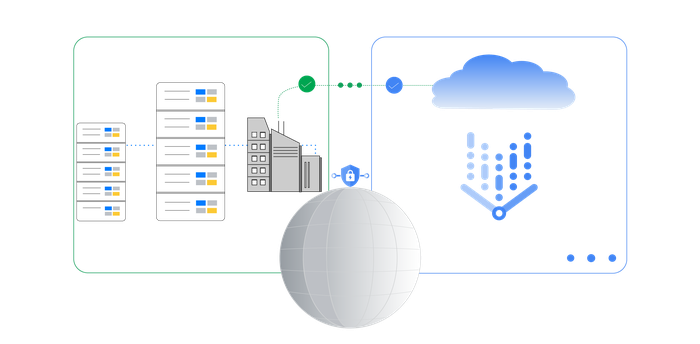Partnering with NSF to advance networking innovation

Bikash Koley
VP and Head of Google Global Networking and Head of Technology and Strategy, Google Cloud for Telecommunications
Shailesh Shukla
Vice President and General Manager, Networking, Google Cloud
Today, we’re excited to announce our partnership with the U.S. National Science Foundation (NSF), joining other industry partners and federal agencies, as part of a combined $40 million investment in academic research for Resilient and Intelligent Next-Generation (NextG) Systems, or RINGS. In addition to funding, Google will offer expertise, research collaborations, infrastructure, and in-kind support for researchers and students as they advance knowledge and progress in the field.
NextG systems are future versions of today’s cellular, Wi-Fi, and satellite networks. By leveraging low-latency edge-cloud networking and network function virtualization, NextG systems have the potential to greatly expand capacity, bandwidth, and functionality—further enabling billions of people to connect with each other and millions of businesses to create brand-new use cases. These faster and higher-capacity systems will enable enhanced data streaming, communications, AI/ML-based analytics, and pervasive automation. This has the potential to support societal priorities such as education, transportation, public health and safety, defense, and critical infrastructure.
Of course, any NextG system must be architected to offer end-to-end security, stability, and resiliency. A zero-trust and defense-in-depth approach will be central to the evolution of the NextG architecture.
At Google, we have a long history of fundamental research in networking. This experience has helped us build a global and edge network infrastructure that is cloud-native, fully automated, software-defined, and extensively virtualized. We directly interconnect with all major internet service providers (ISPs) and telecom carriers, and we deliver traffic to users with very low latency. We’re also now working on a fully managed, open, and secure modern edge cloud platform—with capabilities such as zero-touch, verifiability, closed-loop automation, and more. This globally distributed edge-cloud platform is optimized for the most performant networking applications, such as radio-access networks, packer processing, and security. And our BeyondProd security framework offers a path towards modernizing the next generation of communication networks via cloud-native security models.
U.S. institutions of higher education, individually and in collaboration, are welcome to apply for RINGS funding. Research projects will engage a diverse set of experts, educate the next generation of innovators and promote workforce development, while broadening participation of historically marginalized groups and institutions across the country. We’re eager to work closely with institutions selected through the RINGS program, to build a diverse and inclusive workforce in this research space. All research outcomes will be published to advance knowledge and progress in the field.
We’re proud to continue our strong partnership with NSF in promoting innovation and technology leadership. We look forward to advancing new solutions in networking systems together with the academic community. As we said last week, we now have a historic opportunity to seize the moment and cultivate a national strategy around innovation in science and technology. Our support of RINGS is just one small, but important step in that direction.



